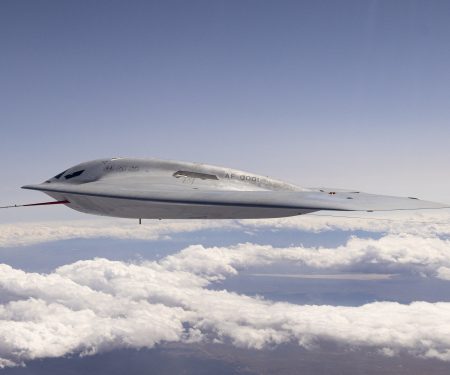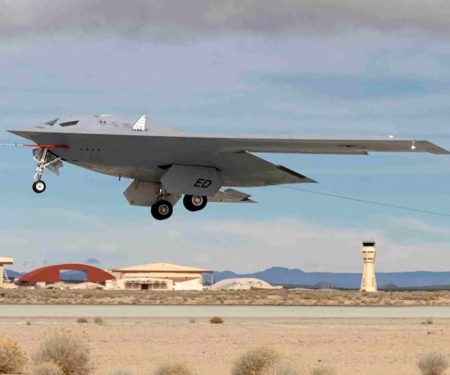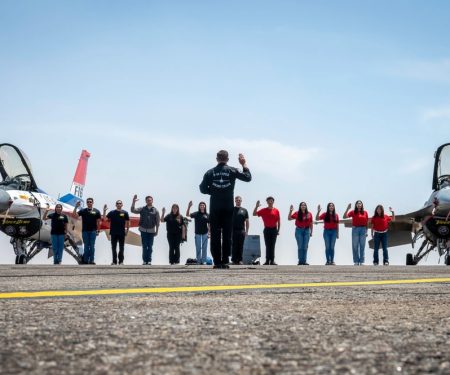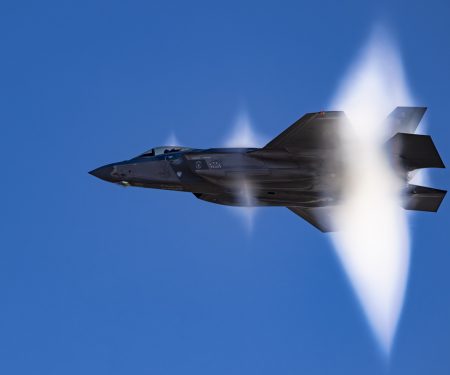Radar Sweep
Putin Plots Summer of Relentless Attacks on Ukraine
As President Trump is pulling back in Ukraine, Russian President Vladimir Putin is pushing forward. Moscow is ramping up its ground offensives and bombing campaigns against cities across Ukraine as its invasion enters a fourth summer. At the same time, the U.S. decision this week to stop delivery of some weapons to the Ukrainians hands Putin a significant boost to his efforts to weaken Western support that is central to sustaining Kyiv’s resistance.
Israel and Hamas to Hold Indirect Ceasefire Talks in Qatar
Israel rejected Hamas' proposed changes to the latest Gaza hostage and ceasefire deal, but will send negotiators to Qatar on July 6 to try to close remaining gaps, Prime Minister Benjamin Netanyahu's office said July 5.
American Bombs in Iran Also Reverberate in China and North Korea
President Donald Trump campaigned on keeping the United States out of foreign wars, but it didn’t take long to convince him to come to the direct aid of Israel, hitting Iranian nuclear targets with bunker-buster bombs dropped by B-2 stealth bombers and Tomahawk cruise missiles fired from a submarine. Beyond the attack’s immediate impact on helping bring the 12-day war to a close, experts say Trump’s decision to use force against another country also will certainly be reverberating in the Asia-Pacific, Washington’s priority theater.
Pentagon’s AI Office Eliminates CTO Directorate in Pursuit of ‘Efficiencies’
The Pentagon’s artificial intelligence acceleration hub recently moved to terminate its chief technology officer role and directorate after reviews associated with the Trump administration’s spending and staff reductions campaign revealed inefficiencies, budget materials for fiscal 2026 reveal.
PODCAST: Readiness Precipice, FY26 Budget Pressures, and E-7 on the Line:
In this episode, our team digs into newly released FY26 budget details. There are some key issues to track for both the Air Force and Space Force. They also explore comments by DARPA leadership regarding the future of stealth and discuss whether it’s smart to kill the E-7. We wrap with an extensive conversation regarding readiness: the numbers are bleak.
China Builds New Large Jet-Powered Ekranoplan
Ekranoplans, also known as Wing-in-Ground Effect (WIG), are aircraft designed to fly just above the surface of the water. This can be more efficient and allows them to fly below the radar horizon, while being much faster than ships. Historically, the Soviet Union was the main builder of these, constructing the famous ‘Caspian Sea Monster‘ and missile-armed ‘Lun’ types. While some Soviet types were ginormous, other types globally have always been much smaller. Until now.
OPINION: How the National Guard’s Domestic Missions Build Deterrence
“Much has been written about the National Guard’s dual-use nature—ready to respond to state and federal missions alike—but less well understood is how these missions intersect. Defense leaders and fellow citizens alike should understand that the Guard’s contributions to American resiliency also build deterrence against potential adversaries,” write Gen. Steve Nordhaus, chief of the National Guard Bureau, and Col. John McRae, deputy director of the Chief of the National Guard Bureau’s Action Group
EU Militaries Game Out Ukraine-Inspired Resupply Tactics via Drones
As supplies are rushed to the front line in Ukraine using unmanned aerial and terrestrial platforms, the European Defense Agency has brought manufacturers and militaries together at an Italian training site to ensure Europe has the right kit and doctrine—as soon as possible—to do the same thing.
F-22 Raptors Will Be First to Control ‘Fighter Drone’ Collaborative Combat Aircraft
F-22 Raptor stealth fighters appear set to be the first operational airborne controllers for the U.S. Air Force’s future Collaborative Combat Aircraft (CCA) drones. The service is looking to start adding tablet-based control systems and make other relevant modifications to the F-22s starting in the next fiscal year.
Iran Won’t Attack the US but Will Continue Nuclear Development, Senior Iranian Official Says
Iran does not plan to respond further to the U.S. strikes on its nuclear program, the Iranian deputy foreign minister said on July 3—but the country still pledges to forge ahead with its nuclear development program despite the attack.
Air Force Suspends Plan to Land Cargo Rockets on Remote Pacific Atoll
The Department of the Air Force has suspended plans to use an isolated Pacific island as a test site for landing rockets as it considers alternative sites. The service had chosen Johnston Atoll, an unincorporated U.S. territory about 700 nautical miles southwest of Honolulu, for testing a program using rockets to rapidly deliver tons of cargo around the globe.
Trump's Signing of 'One Big Beautiful Bill' Includes $85 Million to Move Space Shuttle Discovery from Smithsonian to Texas
On July 4, 2006, NASA's space shuttle Discovery launched on a “return to flight” mission that paved the way for it and its sister ships to fly for another five years. Now, a sprawling budget enacted on Independence Day will seemingly lead to Discovery lifting off again—though this time not into space, but rather from its place in the national collection.





